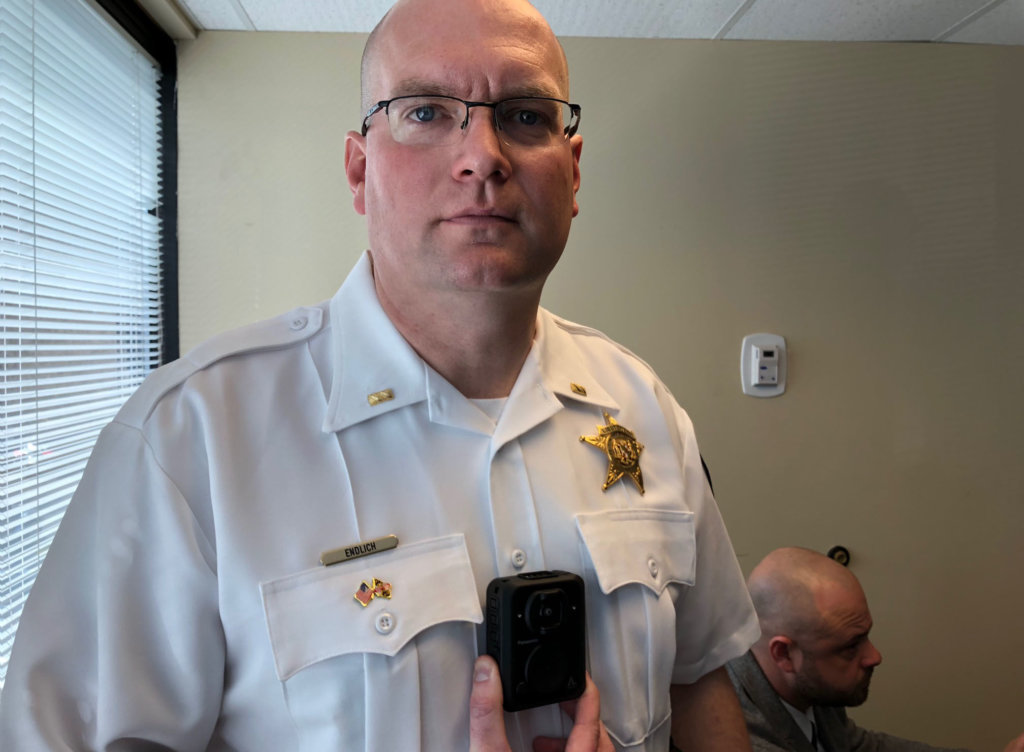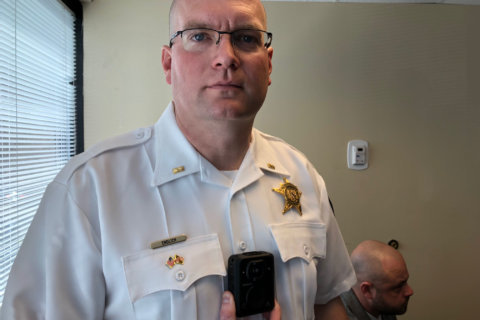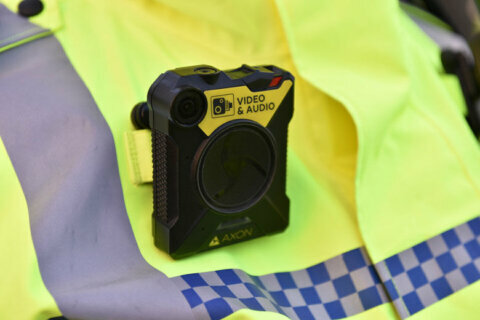
With much fanfare in April 2018, Prince George’s County Sheriff Melvin High said he hoped to give body-worn cameras to all 264 of his deputies by June of the following year.
But nearly two years after his announcement, only 22 to 25 cameras are in use.
Sharon Taylor, a spokeswoman for the sheriff’s office, said the agency has more cameras it would like to press into service, “but we are waiting for the ability to have the right number of personnel to do the administration on a larger number of cameras.”
Challenges for body-worn camera programs include storing the video footage and making it accessible to those who need it.
In 2018, the sheriff’s office said it had 150 cameras that it would begin rolling out.
Deputies’ duties include responding to 911 calls about domestic violence in parts of the county, serving criminal warrants, dealing with evictions and child support payments, and providing courthouse security.
At the Prince George’s County Police Department, 80 officers are now wearing body cameras as part of a second-generation pilot program.
County Executive Angela Alsobrooks has proposed funding a camera program covering all of the county’s patrol officers — nearly 1,000 in all — with most of the $1.2 million expense going to video storage costs. The police department has said it has been requesting complete funding for a body-worn camera program since 2017.
The lack of cameras got attention after an officer was charged in last month’s shooting death of a handcuffed man. Police Cpl. Michael Owen Jr. has been charged with second-degree murder in connection with the death of William Green, 43, of Southeast D.C.
Police said Owen was not wearing a body camera at the time of the incident.








